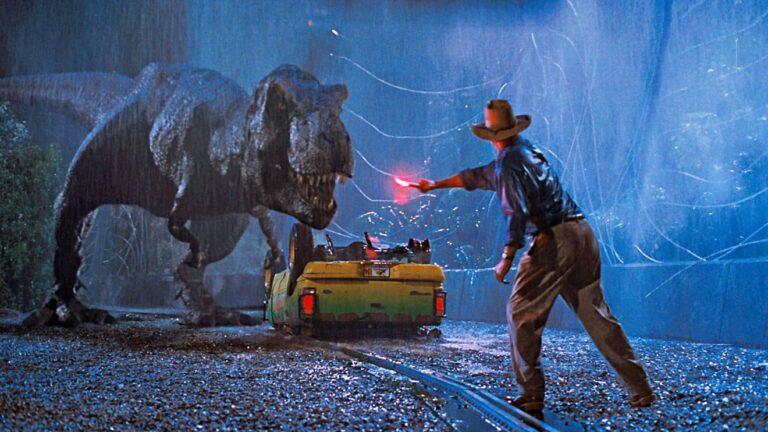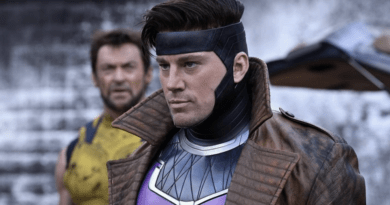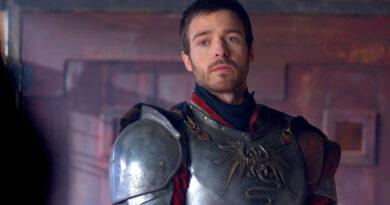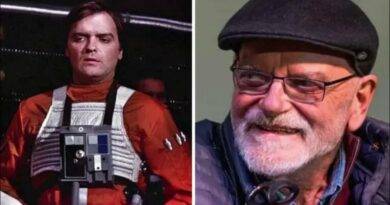Jurassic Park’s Real Villain is Nature
Jurassic Park is one of the most successful dinosaur movies ever made, starting a
franchise that now runs to six movies. At its center it’s a cautionary tale about using
science for personal gain without showing respect for things you don’t fully understand.
The other big feature is the power of Nature, and how it can’t be controlled or trapped
by fences, computer programs, and billions of dollars worth of equipment and
technology.
It’s this destructive power that takes the place of a conventional villain. While there are
certainly bad guys, in the form of Dodgeson and Nedry, sabotaging the park for their
own gain, or even John Hammond and his often arrogant temperament, most of the
things that turn out bad can be attributed to Nature.
It almost seems like Nature and the natural world is the Bond villain, sitting behind a
desk and manipulating events from the background, working to stop the interlopers in its
territory and undermining their efforts to salvage a deteriorating situation.
One character who realized this was Ian Malcolm. He might have had an “I told you so”
attitude, but he was right about almost everything and crisis might have been avoided if
his concerns had been taken seriously. His study of Chaos Theory meant he
understood how unpredictable the natural world could be, but also how certain
established conditions lead to chaotic outcomes. Almost as soon as he arrived, he
predicted that the park would end in catastrophe, a prediction that would be proved
correct.
While Dennis Nedry might seem like the real human villain, he was as much a victim of
Nature as anyone. To steal the dinosaur embryos, Nedry had to shut down parts of the
park’s systems so he could get past the security. As a result, vital systems went offline,
such as the electric fences enclosing the dinosaurs, leading to their escape. Although it
was a reckless move, Nedry did intend to return to the control center and restart the
systems after delivering the embryos to the waiting boat. What he hadn’t counted on,
however, was the tropical storm that swept quickly across the island, making it hard for
him to see where he was driving, and leading to him losing his way, veering off the road
and getting stuck. His fate was sealed by the young Dilophosaurus which had found a
way out of its paddock, proving even the smartest computer programmer couldn’t plan
for everything Nature had in store.
The dinosaurs, or “attractions”, breaking free from their paddocks was another thing no
one was prepared for. Nature was on hand here, too, not just in the form of the storm,
but also, in the natural instincts of the animals. Despite being fed and cared for in their
enclosures, they still couldn’t have their natural impulses overridden, and as soon as the
electricity was off they began a rampage to do the one thing they had always been
denied: the thrill of the hunt.
What follows is a complete inversion of what the park is supposed to be. The people
who had come to see the T-Rex as an attraction are now forced to run from it as it hunts
them. Even the dinosaur expert is way out of his depth when confronted with the living,
breathing creatures rather than models and skeletons. No matter how much these
animals were engineered in labs, they are still animals with insuppressible instincts to
protect their territory and hunt for their food.
There’s also something powerful in the way the power dynamic on the island changed
so quickly. In earlier scenes, Robert Muldoon is striding confidently outside the Raptor’s
cage, safe from the pack, but when they are in a natural environment, the animals take
over, easily hunting the hunter, surprising and devouring the experienced game warden.
There’s a similar feeling when the Raptors have entered the park buildings and are
running through the kitchen and control room. These are very human environments,
clean and organized places where the animals were never meant to be, but now Nature
is in control nothing can stop it. Not only did these animals break free from their
confines, now they are invading the spaces of their captors and no amount of
technology can bring them back under control. As Ellie Sattler pointed out, the park was
really an illusion, built on the belief that Nature could be tamed, and that was the biggest
lie. A lie that would have tragic consequences.
The final scene to feature a dinosaur is an important one, and not just because it’s an
iconic shot. As the banner falls in front of the T-Rex declaring “When dinosaurs ruled
the Earth”, it raises the question of whether they will do so again. After all, one thing this
movie shows is that life finds a way.




